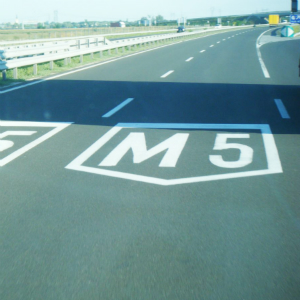M1/M15 and M5 motorways, Hungary
Some of the best-known examples of failed PPPs in CEE are the M1/M15 and M5 motorways in Hungary. These were among the rare cases when significant demand risk really was transferred to the private sector concessionaires, but as a result the M1/M15 ended up being fully renationalised and the M5 partially renationalised, thus showing that ultimately the public sector in any case bears the risk as it cannot afford for the service to be halted.
The M1/M15 was structured as a Design-Build-Finance-Operate (DBFO) but the traffic turned out to be 50 percent below forecast and the toll system failed to cover the expected costs.
The project’s lenders – including the EBRD – refused to finance the completion of the M15 section and got ten per cent lower returns than expected. In the end, the project was renationalised and transferred back to a special purpose public sector company in 1999.
The contract for the M5, running from Budapest to the Hungarian-Serbian border and partly financed by the EBRD, was signed in 1994 as a 35-year BROT (build, rehabilitate, operate, transfer) concession agreement.
By December 1995, the agreement was modified because the investors did not trust the traffic forecasts, effectively leading to a state-guaranteed return on the concessionaire’s investment.
In 1997, a few months after the opening of the motorway, it became clear that traffic levels were lower than expected mainly because of the availability of a non-tolled parallel road. Further negotiations led to an agreement that the concessionaire no longer carries traffic risk and is certain to earn a rate of return of 12 percent.
In 2004 a new contract was signed, with the State Motorway Management Company acquiring 40 percent of the shares for an estimated EUR 82 million.
As well as showing the difficulties of assessing demand risk – a risk which does not exist if the road is not tolled – these cases show that CEE governments have often been too hasty in building motorways where there has not been a clear and realistic justification, and that PPP road projects cannot usually succeed without significant support from the state, undermining one of the main reasons for choosing PPPs.

Key issues:
poorly planned projects with lower-than-expected toll incomes
ultimate inability to transfer risk to the private sector
